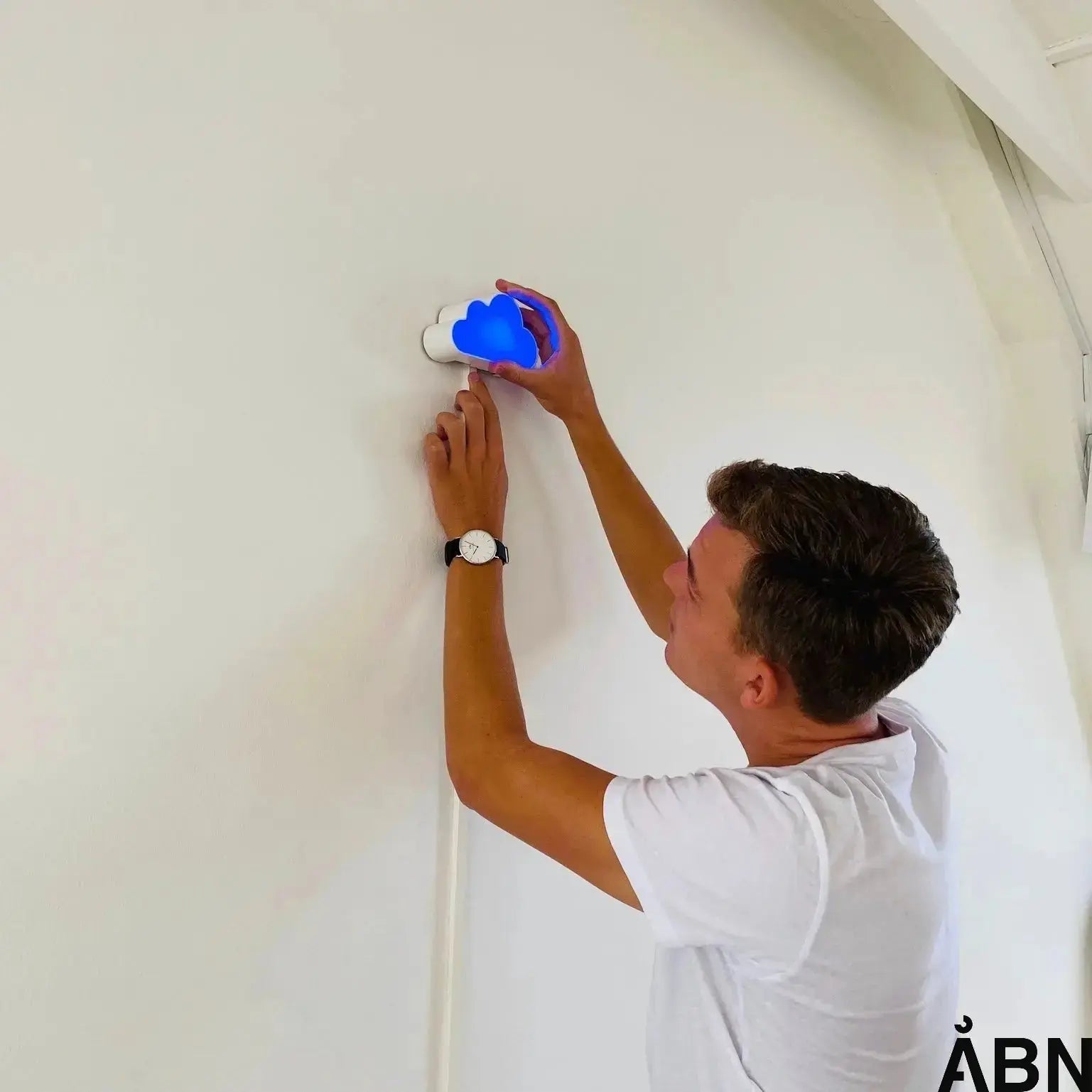How can we talk about children's well-being without mentioning the physical environment they are in every day?
The long-awaited report from the Danish Well-being Commission has just been released. The report, which has received a lot of media attention, diagnoses the current well-being crisis among children and young people and suggests solutions within areas such as pedagogy, digital media and parenting. But one central element is conspicuous by its absence: children's physical surroundings, especially the indoor climate of schools.
That is irresponsible, to say the least.
How can one talk seriously and professionally about child well-being without addressing the fundamental fact that a large proportion of them are in poorly ventilated classrooms with excessively high CO₂ levels, inadequate lighting and a general indoor climate that hampers their well-being?
This is not a detail. It is a pervasive problem in Danish schools, documented by both Danish and international researchers. Poor indoor climate leads to headaches, fatigue and difficulty concentrating. And yet the Well-being Commission seems to think that you can talk about well-being without looking at what children thrive in.
The report fails children by overlooking the indoor climate
There is otherwise no shortage of data confirming that the indoor climate in Danish schools is a scandal.
- 78% of classrooms without mechanical ventilation have CO₂ levels above recommended limits.
- Students in rooms with poor air quality score lower on cognitive tests and have more difficulty concentrating.
- Some classrooms reach CO₂ levels that are equivalent to students breathing air with the same effect as a few glasses of wine.
How can the Well-being Commission ignore this?
When CO₂ levels rise, children's ability to learn decreases. When the air is heavy and stagnant, concentration decreases. When the temperature is too high, unhappiness worsens. This is not conjecture – it is scientifically proven.
Yet the indoor climate occupies almost no space in the report.
Is it convenience – or just ignorance?
One has to ask oneself why such an important factor has been omitted. Is it because the problem is too complex? Because it is easier to talk about psychological and social factors? Because the indoor climate cannot be fixed with a societal conversation?
The truth is that indoor air quality is deeply connected to children's well-being and mental health. If children are in a healthy environment, their resilience, desire to learn and social well-being will also improve. But this requires action – not just more nice words.
The Well-being Commission writes in its report that we must strengthen children's resilience. But how are children supposed to become resilient when they can't even breathe properly in their classrooms?
This is not a debate about petty matters – it is a question of fundamental conditions for children's everyday lives.
Solutions exist – but will we use them?
The most frustrating thing about this blind spot in the report is that the solutions exist. Technology to monitor and improve indoor climate in schools is already available, and many schools and municipalities have already made great progress.
Municipalities that have implemented indoor climate monitoring have seen a significant improvement in children's concentration and well-being.
So why isn't it a national priority?
Why is this not mentioned as part of the Well-being Commission's recommendations?
Why do we keep blaming screens, social media and performance pressure when children are struggling in the most basic physical settings?
The Well-being Commission must do better
The report is disappointing. It should be the starting point for a serious conversation about children's living conditions – not just about their digital habits, but also about their physical surroundings.
If we want to enhance children's well-being, we must start by ensuring that they are in an environment where they can breathe freely, think clearly and learn optimally. That is the first step - everything else is symptom management.
The Well-being Commission must take responsibility. Politicians must take responsibility. And schools must be given the resources they need to ensure an indoor climate that does not weaken the children.
Would you like to help focus attention on the real problem? Share this article – and demand that indoor climate be part of the well-being debate.
Are you a school principal or municipal manager? Contact us for a free assessment of your school's indoor climate – and take the first step towards making a real difference.
Read more here or contact us today.









